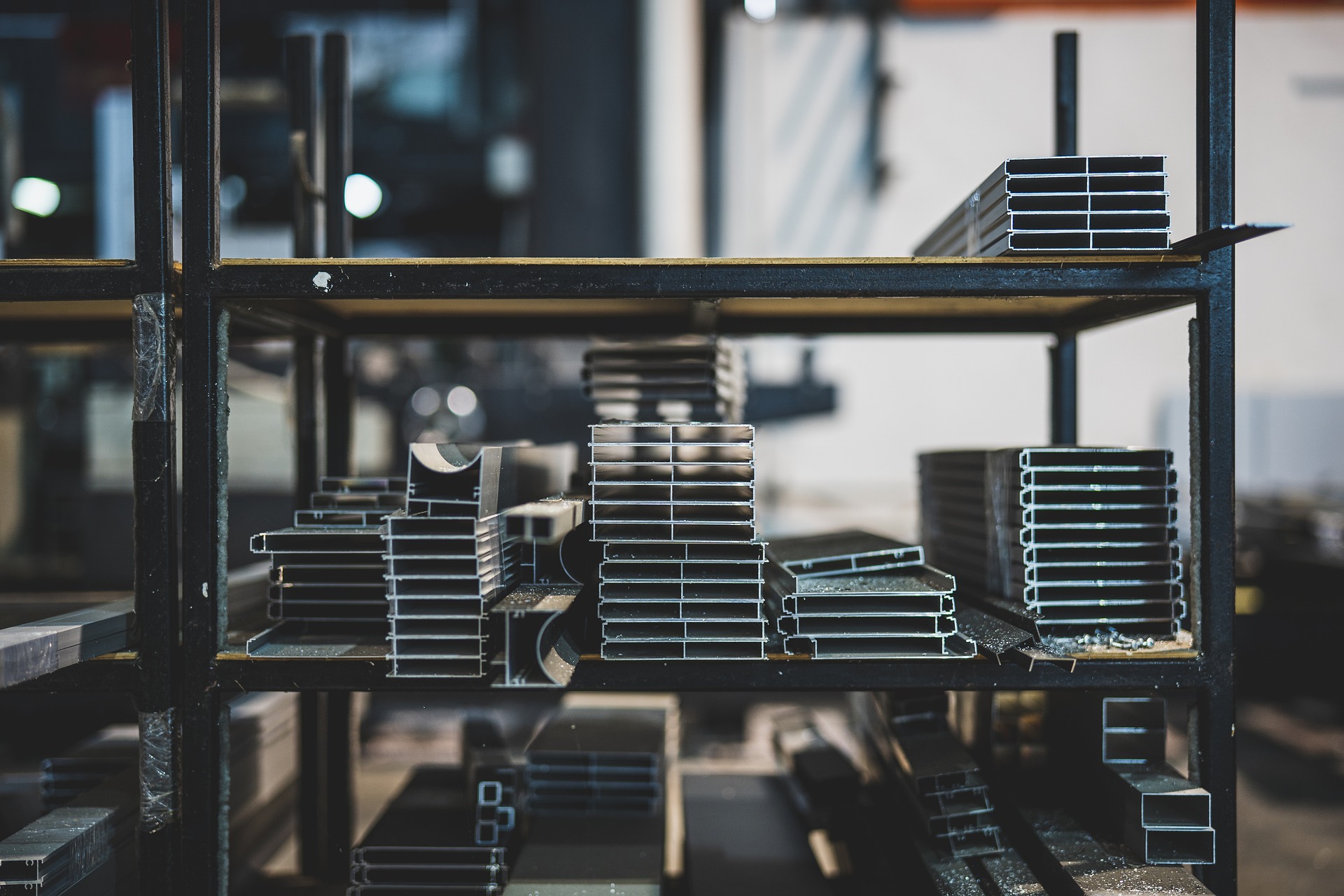
Material selection for laser and electron beam welding can make the difference between a project that runs smoothly, and a headache. Here are our Dos and Don’ts of welding material selection.
DO check with us first to make sure your material selection can be easily welded.
With so many metals to choose from, it’s important to remember that not all metals all suited for welding.
Imagine spending $80,000 on a material only to find out after the final machining that it can’t be welded. While we can work to suggest alternatives, it’s simply not cost-effective. Always try to have your designer collaborate with a welding engineer before making your final material choices.
DO pick good weldable alloys.
Here are our top recommendations for material selection:
- Stainless steel is one of the most popular material selections for laser and electron beam (EB) welding. However, it’s important to try and avoid stainless steels containing sulphur and phosphor. Their low melting points make them key culprits for cracking and porosity problems. Customers like 303 stainless because of its ease of machining, but the outcome with welding is not always ideal. Talk to your welding engineer before deciding on 303. Stainless steels ending in F indicate they are for “free machining,” such as 316 F and 430 F. These varieties of stainless steel also contain sulphur and phosphor, which make them great for machining but terrible for welding. (We like to say the “F” stands for failure!)
- Low carbon stainless steels such as 304 L are also a good choice for laser welding and EB welding.
- Aluminum alloys can also be laser and EB welded. Cleanliness is very important with aluminum, since oxidation can lead to weld failure. If you need a high strength alloy, certain aluminums are precipitation hardenable, which means they can be brought up to full strength after welding with heat treating. Some aluminums will require filler material. Ask one of our welding engineers if you’re unsure.
- Titanium is a popular material selection aerospace applications. Like aluminum, cleanliness is key for welding titanium. Titanium ranges from commercially pure grades to a number of titanium alloys containing things like tin with a low melting point. These titanium alloys are not unweldable, but you may need to incorporate certain joint designs in order to make them weldable.
DO preheat high carbon materials.
The more carbon in steel, the harder it becomes to weld and the more prone it is to cracking, which in certain cases can lead to complete weld failure. To minimize the possibility of cracking, high carbon steels should be preheated prior to welding.
DON’T weld in the hardened condition (usually).
The success rate of welding hardened material is generally lower when compared with annealed material. If possible, do your welding in the annealed condition and harden after welding.
Many factors go into material selection including cost, strength, design criteria, post-weld testing, etc. Make sure the material you’re considering is actually weldable before you make your final choice.
Contact us at 860.653-0111 to discuss your next project. We’re happy to help you with the material selection for precision welding!